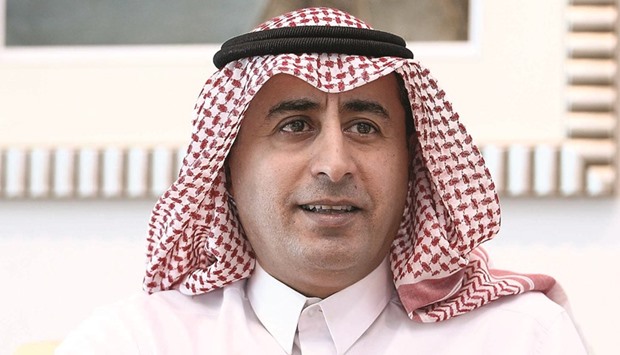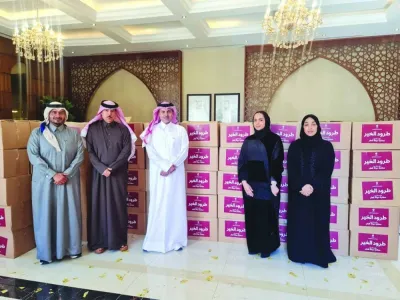In my previous article for Gulf Times, I examined how the evolution of Qatar’s banking system has been quite different from elsewhere in the world. When broadening out from a historical assessment of banking to the wider financial system, money exchange companies deserve a special mention. In contrast to other countries, money exchange companies form a significant segment in Qatar’s financial system development and play an important role in the economy.
Until the mid-1950s, foreign currency and precious metals were purchased and sold by general merchants in Qatar as part of their trading activities, and mobile vendors also used to move around the country to carry out these transactions. As a consequence of the changes and development of the Qatari economy due to the increased importance of the oil and trading activities, the first specialised money exchange company was established in 1955 with a capital of Rs1mn (the currency in circulation at the time) followed by another company in 1969 with a capital of 130,000 Qatar-Dubai riyals. The money exchange business saw its biggest growth after the 1973 oil price hike and the resulting growth of the economy and the trade sector. Alfardan Exchange and Finance Company emerged as the pioneer of the sector growth and development.
Despite the growth of retail banking, money exchangers were able to maintain their position in the economy as they still conducted most currency dealings by servicing the growing and sizeable expatriate community.
Money exchange companies were operating until 1982 without being subject to regulation. In order to regulate and control the business the Qatari government issued Law No 4 of 1982. This law defines the business as a trading activity in foreign currencies, traveller’s cheques, and precious metals, and issuance and acceptance of personal drafts in favour of correspondents abroad. The law also indicates that formal permission to set up a money exchange company must be obtained from the Ministry of Finance with due recommendation by the Qatar Monetary Authority, QMA, (at present Qatar Central Bank).
The business is only open to Qatari nationals with indigenous capital. New branches or mergers or collaboration between companies is granted and supervised by the QMA.
The agency is also required to undertake all that is necessary to implement the law. The law has provisions for the application of sanctions against those who violate the provisions of the law. Since its enactment the law has been amended once in Law No 9 of 1990. The amendment concerned article No 9. This article stipulates that the licence granted for a money exchange company is restricted to the owner of the company.
If a change of title to the company occurs, the new owner must apply for a new licence. This stipulation was amended to allow the owner to have one or more partners provided he obtains approval from the QMA to be endorsed by the Ministry of Finance (Qatar Monetary Agency: 1985, pp 59-62).
Today, money exchangers retain their influential role in the economy by meeting the domestic needs of foreign currency for a variety of invisible economic transactions such as travelling abroad for the purposes of tourism, education or health. More significantly, they handle the remittance of funds by expatriates to their families and friends in their home countries.
Recent data shows that more than half of the assets of money exchange companies in Qatar are used in the form of credits in banks and money exchangers – primarily abroad – in order to finance payment orders written by the money exchangers to beneficiaries. This is an indication of the significant role the money exchangers play in servicing the expatriate community of Qatar. The rest of the funds are used in a variety of forms such as cash for daily transactions and investments. Money exchange companies therefore constitute a major channel for the inflow and outflow of foreign currency and this led the government to tighten its regulation of their operations from the early 1990s onwards.
Dr Abdulaziz A al-Ghorairi is senior vice president, chief economist and head of asset management at Commercial Bank.

ROLE


